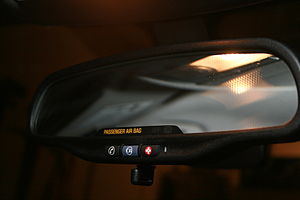The FCC is considering a request to allocate spectrum bandwidth for medical body area networks that wirelessly monitor one’s health
When computers, servers and digital storage devices began to find their way en masse into businesses and homes in the late 1970s and early 80s, industrious users figured out these systems could be linked together into local area networks (LANs) that enabled the rapid exchange of information from machine to machine. Medical technology makers are now hoping to scale this model down to the personal level by connecting wireless sensors placed on (or even under) a patient’s skin to create “medical body area networks” (MBANs) that provide doctors with real-time info about their patients.
An MBAN would help hospitals and healthcare clinics better keep tabs on important health-related information, including a patient’s temperature, pulse, blood glucose level, blood pressure and respiratory function. Each sensor would communicate information about the patient’s body via short-range wireless signals to a small receiver (either handheld or hooked onto a bed or wheelchair) that would use longer-range wireless signals to share that information with the healthcare facility’s centralized computer systems—all without the jumble of wires needed to do this today.
As new sensors are developed, these body area networks might even turn into the human equivalent of General Motors OnStar vehicle maintenance services that drivers use to proactively inform them of the need for maintenance and to call for help when lost or in an accident.
Related articles by Zemanta
- The new healthcare: Smart band aids, digital pills, wrist bands promise to track your health (venturebeat.com)
- These Digital Doctors Thrive on House Calls (usnews.com)
- Plug-and-Play Medicine (technologyreview.com)










